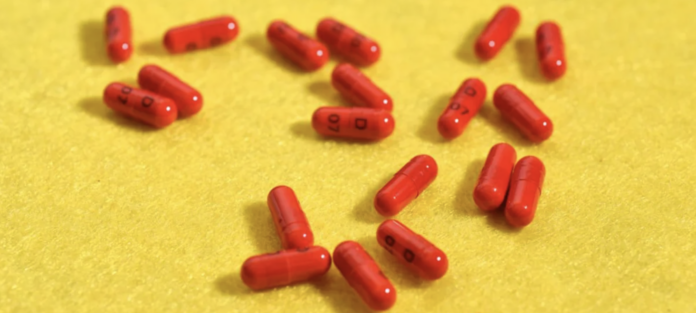Since years, “following the science” has been the instruction to the public. This could be especially challenging if the science in question is bunkum.
Researchers in Germany have found that up to one quarter of all scientific papers published over the past few years are likely to be plagiarized.
Paper mills are the driving force behind this trend, as they “use AI-supported automated production techniques and sell fake publications at scale to students, scientists and physicians who feel pressured to advance their career.”
Fake publications aren’t a new thing. In fact, some activists have even published their own in order to criticize the academy. However, it wasn’t known how bad things were in the biomedicine world.
Bernhard Sabel, Otto von Guericke University Magdeburg and editor-in-chief of “Restorative Neurology and Neuroscience”, set out to discover using “a simple way to flag them and estimate their numbers.”
SCImago’s portal lists 1.3 million biomedical articles. According to a newly published study by Sabel and German researchers that has not yet been peer reviewed, the SCImago portal contains an estimated 300.000 fake publications. Sabel estimated that around 34% (or more) of the neuroscience papers published by 2020 would be fake.
Sabel said to the journal Science that “it is just too hard for me to believe.” He compared it with “someone telling you 30% of your food is toxic.”
Sabel sent various authors questionnaires in order to determine whether or not a publication is legitimate.
He said that based on the responses of authors, three indicators had been identified: “author’s email private”, “international co-author” and “hospital affiliation”.
Sabel’s RFP rate soared from 16% in 2010, to 28% by 2020 after he fine-tuned his approach to the point where he could flag 90% of fake papers in a sample.
On a national level, the worst offenders are Russia, Turkey China, Egypt and India. China is the worst, accounting for 55.8% all potentially fraudulent publications. Comparatively, the U.S. accounted for only 7.3% of all potential fake publications worldwide.
Sabel emphasized that “the scale and proliferation of false publications in biomedicine could damage trust in science and endanger the public’s health and economic spending, as well as impact security and economic spending.”
The study found, for example, that “712 papers with problems were cited >17,000 and that it was estimated that about one quarter of these could misinform the future development of human treatments.”
Paper mills want to meet the academics’ demands for fake papers, just as they are eager to meet academics’ expectations of university publications.
Sabel reported that if a fake publication costs an average of $10,000, then the annual revenue for paper mills could be as high as $3-4 billion.
Dorothy Bishop, an Oxford University psychologist who studies fake publishing practices, told Science that “paper mills made a fortune attacking a system which had no idea of how to deal with these things.”
The study says that “the emergence of ChatGPT, and more sophisticated large-language models could amplify production of fake paper at a lower cost.”
The International Association of Scientific, Technical, and Medical Publishers, a group of 120 publishers, has developed tools that separate wheat from chaff.
Joris Van Rossum, product director for the initiative Integrity Hub that corresponds, described it as “a little bit of an arm race.”




